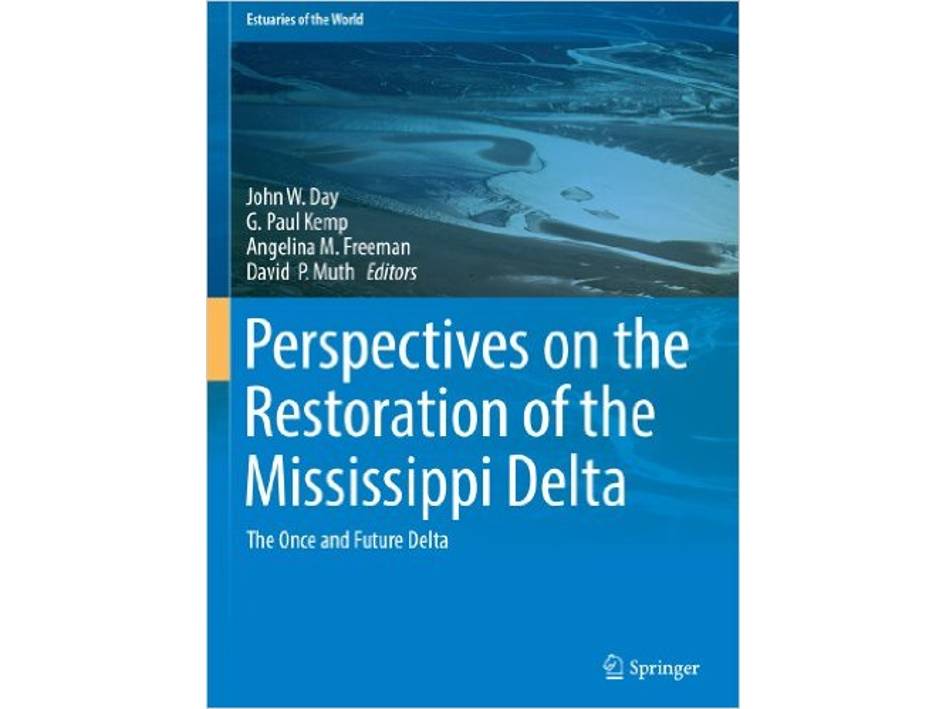John Day, G. Paul Kemp, Angelina Freeman, and David Muth (Editors)
Springer, New York. 194 pp
The purpose of this book is to show how the neglected and degraded landscape of the Mississippi River Delta might be brought back to life. It consists of a collection of scientific essays that focus on applying the results of a new era of scientific discovery to the prospect of large-scale delta restoration. These essays were written by members of the Science and Engineering Special Team (SEST), that began to meet in the aftermath of the Deepwater Horizon disaster of 2010.
While this new disaster focusedu00a0attention on the iconic Birdsfoot Delta, it became clear that few were aware of the way it and the rest of the Mississippi River Delta is being managed nearly into oblivion, largely with public tax dollars and the activities of resource users. The authors seek not only to provide information on ways to halt the ongoing loss of coastal wetlands, but also on how to restore the delta as a fully functional geological and ecological system.
The eleven essays contained in this book address some of the challenges facing this process. The book addresses a range of issues including an historical analysis of the delta, river morphodynamics and sediment dynamics, fisheries, flood control and navigation, wetlands and eutrophication, the socio-economic value of the delta, human communities of the delta, and the potential impacts of climate change and energy scarcity. This book clearly presents the enormous challenges facing sustainable management of the delta and charts a way forward.
The authors make the clear point that the delta can be restored but that ongoing trends must be taken into consideration and that major restoration must begin soon or it may be too late.
To find out more and for buying options click here

